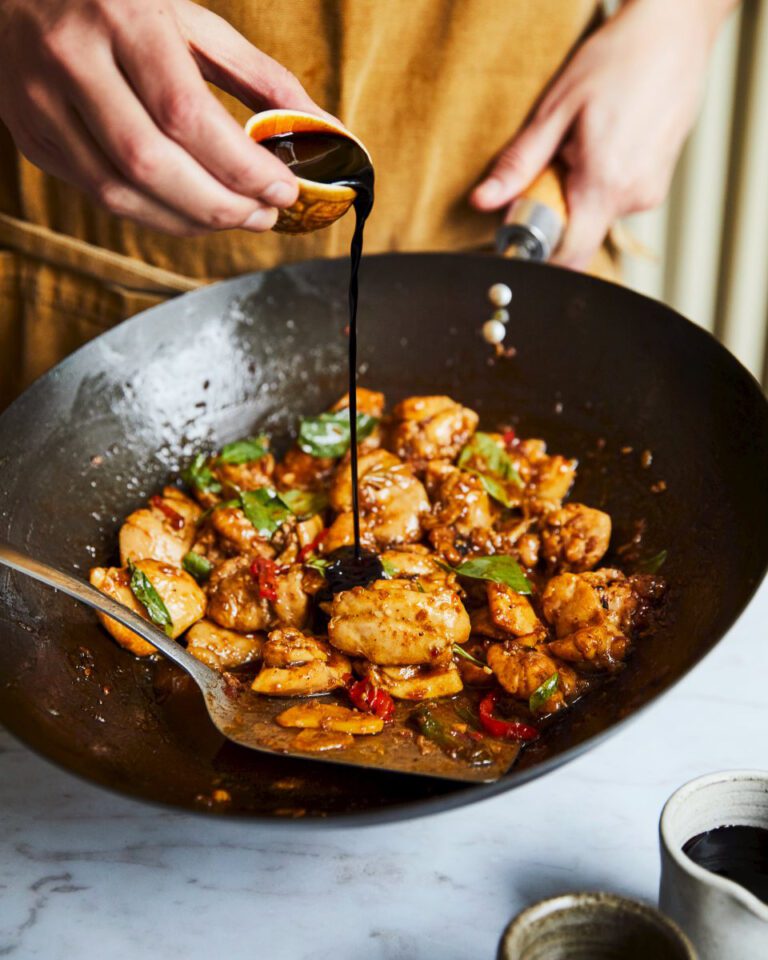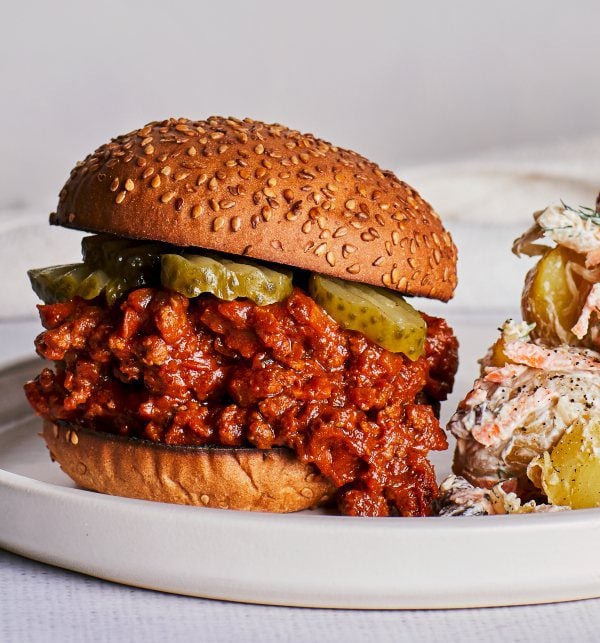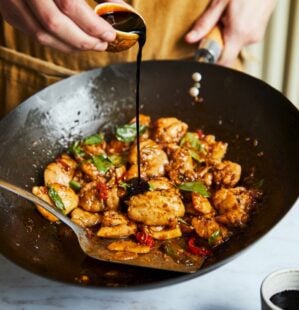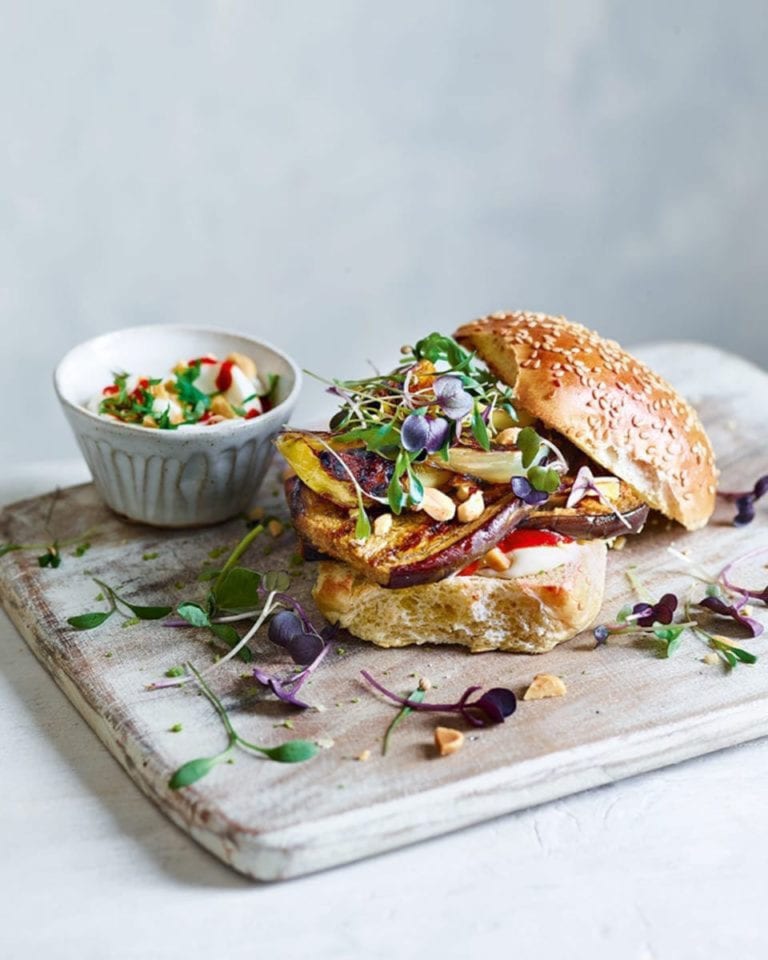How to season without salt
Every chef or cook always has a pot of salt in the kitchen, ready to be stirred into dishes as they cook and just before serving. But when it comes to savoury seasoning, there’s a whole world out there beyond the little grains and flakes. And the results can be far more flavourful.

As an ingredient, salt is truly unique. You’d never eat it on its own, it doesn’t really have a describable flavour beyond ‘salty’ and you’d never want sodium chloride aka salt to have the starring role in a dish. Yet it is included in every savoury (and a lot of sweet) recipes as an absolute must.
What does salt do
Those white crystals of sea salt don’t exactly add flavour to a dish – instead, it accentuates the flavours in the dish. How? The jury is actually still out on that one. All animals need salt to live, so seeking it out is hard-wired into our DNA, but the exact reason why salt makes us perceive flavours more intensely is still a bit of a mystery. There are a few theories out there about how salt opens up taste receptors on our tongue, or how it draws out water from ingredients to make it easier to taste them, or food seems to taste better because our brain is rewarding us for giving our body something it needs – but nothing concrete.
Whatever the reasons, as cooks we know adding salt to a good dish will make it taste great – provided we don’t overdo it – so we keep it close by and follow the culinary mantra of ‘taste and season’ whenever we’re working away in the kitchen. But while salt itself certainly does the job, there are many other ways to incorporate salt into our cooking with a few added bonuses.
Beyond the salt pig
Think about when you want to add sweetness to something. You could add refined white sugar, sure, but you’ve also got the options of brown sugar, honey, liquid glucose, maple syrup, fruit purées and (if you’re a mega-corp conglomerate producing millions of soft drinks or sweets a day) things like aspartame and xylitol. Salt is the white sugar of saltiness – it does the job but in quite a neutral, straight-down-the-middle way.
Because we love salt – as a preservative, due to it being a biological need and for its ability to accentuate flavour – it can be found in lots of other ingredients which can be used to ‘season’ dishes in a more interesting way. Yes, you’re still adding salt to your dish by using them, but you get something extra along the way, resulting in a more complex flavour. It’s a technique ripe for experimentation in the kitchen: I’ve had carbonara seasoned with grated salt-cured egg yolks, fish seasoned with powdered plankton and wafer-thin sheets of lardo (salted pork fat) draped over chicken – all in place of regular salt. While that certainly falls into the cheffy end of the spectrum, the same method can easily be applied at home. Just stick to the ‘taste and season’ mantra to ensure you aren’t going overboard.
Salt: upgraded
Here are just a few of the other salty delights available to incorporate into your cooking when the Maldon’s running low.
Soy sauce is the go-to condiment for adding salt to dishes across myriad Asian cuisines for a reason – it lends sweetness and a touch of bitterness too (as well as colour). And while it’s an obvious choice for stir-fries, it can also take the place of salt in Western dishes full of rich, bold flavours. Try a teaspoon in your ragù or drizzle it over your cheese on toast.
Miso is a relatively recent revelation in the UK and its ability to add salty umami depth to dishes goes far beyond Japanese cuisine. Just a teaspoon can add saltiness, sweetness, earthiness and fruitiness to a recipe, resulting in a far more complex flavour than salt alone could even begin to imagine. Try our ginger miso mussels for an example.
Pickles offer the two most important seasonings – saltiness and acidity – making them an absolute powerhouse in cooking. Finely chopped and stirred into sauces, they offer up little pops of zingy savouriness – whizzed up into a relish, they provide a perfect condiment against rich cheeses and meats; kept chunky, they make all the difference to sandwiches or burgers. Capers, olives and anything brined work in the same way.

Bacon is beloved for its saltiness – but the salty fat that renders out of it as it cooks can imbue dishes with rich seasoning too. Fried lardons sprinkled over a dish is the sort of seasoning I can most definitely get on board with.
Anchovy fillets are preserved in salt to increase their shelf life. They can be a bit intense whole, but fried in oil until they dissolve at the start of cooking a dish turns them into a subtle background seasoning with a deeper depth of flavour (and no fishiness).
Seaweed, being from the sea and all, is seriously salty. But it also boasts vegetal, mineral and oceanic flavours with a serious punch of umami. There are hundreds of edible varieties which can be eaten fresh, dried, cooked or raw – try crushing a nori sheet between your fingers and sprinkling it over fish or rice instead of the usual salt flakes.
Subscribe to our magazine
Food stories, skills and tested recipes, straight to your door... Enjoy 5 issues for just £5 with our special introductory offer.
Subscribe
Unleash your inner chef
Looking for inspiration? Receive the latest recipes with our newsletter





